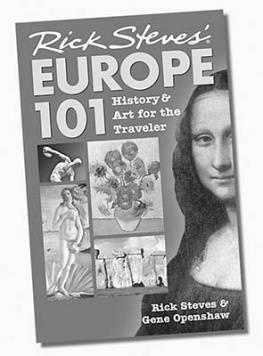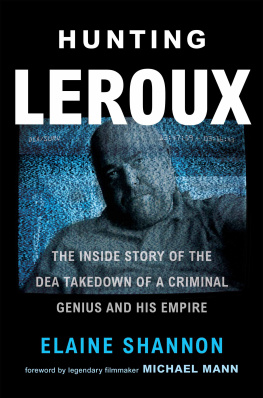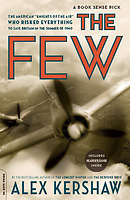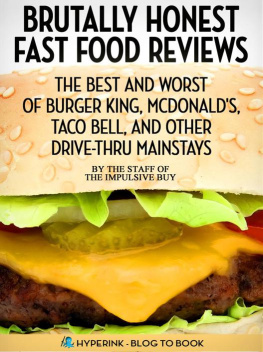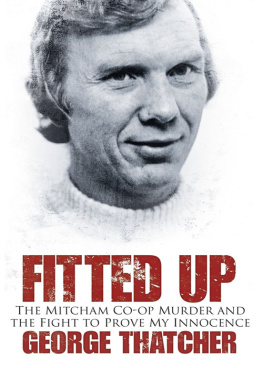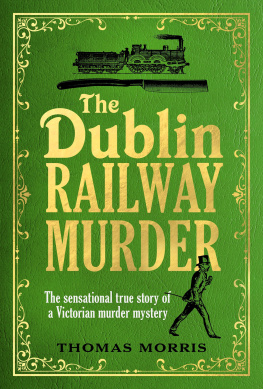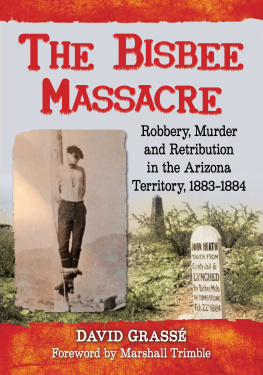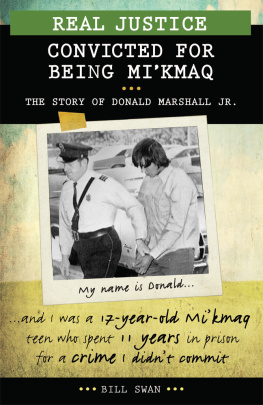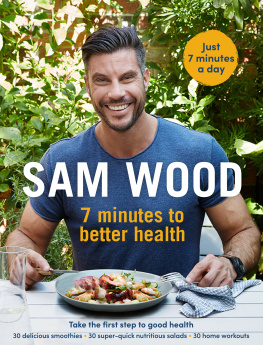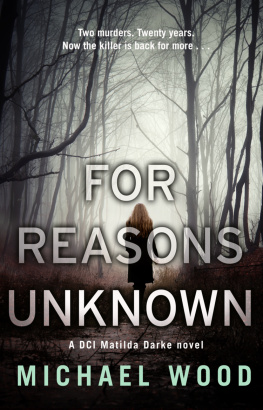Murder at McDonalds
The Killers Next Door
Phonse Jessome

MYSTERIOUSPRESS.COM

This book is dedicated to the memory of Donna Warren, Neil Burroughs, and Jimmy Fagan. You are missed and loved by many. It is also a tribute to the bravery of Arlene MacNeil, who continues to struggle to regain control of her life. You are an inspiration.
FOREWORD
While I was working in an embattled Detroit newsroom, I found myself becoming hardened to the horrific stories of violence unfolding around me. Six people shot dead in a crack house; a twelve-year-old girl killed in a drive-by shooting on her way to school; a drug dealer gunned down in a suburban street battlethe stories were frighteningly common. Another human being dead, with no apparent motive and no suspects. There were people trying to stem the tidetrying to take back their neighbourhoodsbut there were always the murders.
When I moved to the Maritimes, I found it ironic to see that my former station was being carried on the regions cable system. Its news seemed so out of place, so foreign to the East Coast reality. Surely there couldnt be incidents happening here that were as brutal and senseless as those I remembered from Detroit. Indeed, the commonly held belief was that things like that dont happen here in the Maritimes. The sense of community outrage when it did happen was overwhelming.
ATVs Phonse Jessome was on the scene at the Sydney River McDonalds in the early hours of May 7, 1992, minutes after a holdup in which three young men from Cape Breton systematically killed three young restaurant employees and left a fourth for dead. This is the story of what happened that nightthe police search for the killers, the interrogations, the ordeals of the victims families, and the volatile trials, punctuated with gripping testimony and outbursts of powerful emotion.
As the story Unfolded and the ATV Evening News coverage continued, Phonse Jessome became obsessed with learning every detail of what had happened, and his knowledge expanded with every story he prepared and every person he interviewed. He talked to everyone involved with the tragedy, spending hours discussing the case with the lawyers who prosecuted and defended the three young people charged, and he was able to obtain confidential police information on the investigation of the crime.
This is the true story of the killers next doorand the madness they unleashed.
Bill Patrick
Network News Director, ATV/ASN
PREFACE
A reporters job is to tell a story. Early on the morning of May 7, 1992, I was awakened by a phone call that led to one of the most difficult stories I have ever had to tell. Four young employees at the Sydney River McDonalds restaurant had just been gunned down during a robbery. Three of the victims died; the fourth remains disabled. Three young men from the Sydney area were arrested and eventually convicted.
I covered this story for a year and a half, from the police investigation that began that morning, through to the trials, held in Sydney and Halifax. I was helped in my work by the investigators, prosecutors, and defence attorneys involved, and by the many people affected by the shootings. I watched as those caught up in this tragedy rode an emotional roller coaster; although shaken to the core by this brutal crime, they had the courage to explain, in publicon the evening newswhat they were going through.
Many of the relatives of the victims shared a concern: they wanted to know if anyone would ever have the time to tell the whole story. This book is my attempt to address that concern, and it is my way of thanking the people who let me shed public light on their private pain.
By way of explanation to those who were closest to this story, the names of five people have been changed in the writing of this book: The cousin of Derek Wood, one of the three convicted in the McDonalds murders, is called Mike Campbell; the three men at the centre of the first, ill-fated arrests in the case have been named Gary McIssac, Bill OHandley, and Glen Delaney; and the sister of one of these suspects is called Cynthia Long. The names have been changed because the suspects were never involved in the crime.
I should also explain that my description, early in the book, of the commission of the crime is presented from the perspective of the victims, by using information in the confessions by the three men convicted in the case. The three confessions have common elements, but they differ in some ways; the disparities become apparent later in the story.
Although this book singles out only a few of the investigators involved in this case, this is in no way an indication that the others were less important a part of the investigating team. Those who are named would be the first to insist that everyone involved in the investigation and subsequent trials deserves equal billing. I would like to thank all the officers involved, for this is also your story. To Kevin Cleary, Pat Murphy, John Trickett, and Dave Roper, thanks for the time you took away from your tasks to talk with me.
Ken Haley, Brian Williston, and Marc Chisholm lived with this tragedy for many months. As the prosecutors responsible for handling the three trials, they showed great dedication and professionalism. Thank you for finding time to answer my questions.
I would also like to thank Dr. Jim Manos of Dalhousie University, who gave me a crash course in adolescent behaviour and the group dynamic.
There are a few people who were not involved in the story, but who were key to seeing it written. Dorothy Blythe, the managing editor at Nimbus, is the one who felt the McDonalds tragedy should be told in book form, and who called to ask me to write it. And although I have been writing professionally for more than thirteen years, it is a Nimbus editor, Liane Heller, who gently guided me in an entirely new craft. Writing news for broadcast is based on conveying information orally, while writing a book is a much more formal process, engaging the eye and the inner ear of a readers imagination. If this book does not read like an incredibly lengthy newscast, it is because of Lianes professionalism and dedication. I would also like to mention Greg Boone, a colleague and friend for many years. In the months spent preparing this book, he offered support and encouragement bordering on harassment; it helped. Lawrence Bourque is another close friend whose unwavering confidence in my ability to write this book left me believing I could.
There are a number of photographs included here, and for their use I must thank my employer, the Atlantic Television System; most of the photos are prints from ATV video tape. In particular, thanks to Bill Patrick for allowing me to use the tape, and thanks to the camera operators who recorded the shots: Bruce Hennessey, Gary Mansfield, George Reeves, Stuart MacDougall, Sandra Kipis, Cyril Worth, Jim Kvammen, Chris Murphy, Steve Rafuse, and Tom Tynes. I would also like to acknowledge Mike Aitkens, the editor who helped prepare the video tape for recording in still form; and Steve Townsend, who took the photograph of me.
Finally, on a more personal note, I would like to thank my wife, Barbara, for her help and patience as I attempted to juggle two jobs in the preparation of this book. I must also thank our daughter, Barbara Michelle, for sacrificing her quality time with Dad; and our son, Paul, for the perspective on the nature of todays adolescents.




